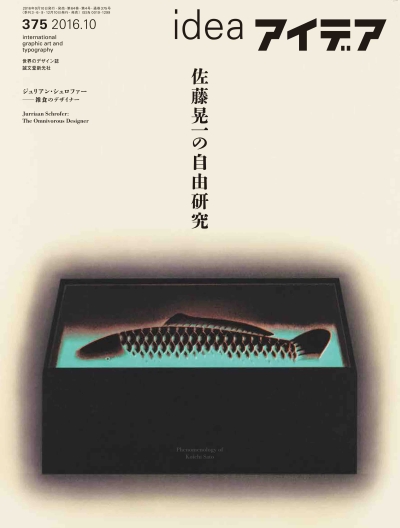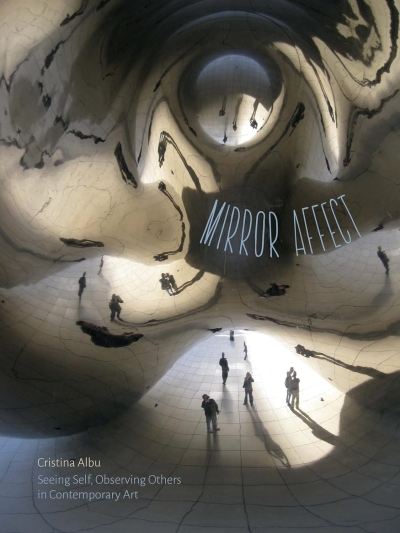
Max Bill: ohne Anfang, ohne Ende. No Beginning, No End
Max Bill (1908–1994) ist bis heute eine Schlüsselfigur der angewandten Kunst des 20. Jahrhunderts in Europa und einer der einflussreichsten Exponenten der konkreten und konstruktiven Kunst. Universell begabt, ein eigentlicher Renaissance-Mensch, schuf er als Künstler, Grafiker, Typograf und Architekt ein reiches und vielfältiges Werk und war auch immer wieder als Lehrer tätig. Er war Mitbegründer der legendären Ulmer Hochschule für Gestaltung HFG, deren Hauptgebäude er als Architekt entwarf und der er als Gründungsrektor 1951–1953 vorstand. Die Neuausgabe dieser 2008 erstmals erschienenen Monografie wirft Blicke auf wesentliche Aspekte von Bills Leben und Schaffen. Die darin abgebildeten Skulpturen, Bilder, Möbel, Gebrauchsgegenstände und Typografien aus mehrheitlich privaten Sammlungen sind nur selten in Ausstellungen. Die Texte und ein Gespräch mit Angela Thomas Schmid beleuchten Bills künstlerisches Umfeld und zeichnen die anhaltende Wirkung seines Werks und seinen Einfluss auf andere Künstler nach.
No Beginning, No End
Swiss artist, architect, designer, typographer, and theorist Max Bill (1908–94) was one of the most important exponents of concrete and constructive art and a key figure in European applied arts and design history. Educated by such prominent teachers as Paul Klee, Wassily Kandinsky, and Walter Gropius at the Bauhaus, Bill immediately displayed a genius for work in fields as diverse as painting, sculpture, and design at the start of his career in the 1930s. In the 1950s he teamed up with Inge Scholl and Otl Aicher to found the legendary Ulm College of Design in Ulm, Germany, of which he became the first director. In his work, Max Bill carried on the legacy of the Bauhaus, both as an artist and a teacher, and made a decisive and lasting contribution to twentieth-century cultural life.
First published to accompany a 2008 exhibition at the Museum Marta Herford in Herford, Germany, this handsome volume displays Bill’s wide-ranging work and sets him in the context of his cultural milieu by featuring works by his contemporaries, such as Kurt Schwitters, Wassily Kandinsky, and Donald Judd. Accompanying essays investigate Bill’s influence on other artists and the lasting importance of his oeuvre in the present.
































































































